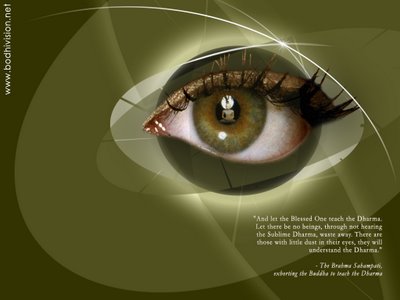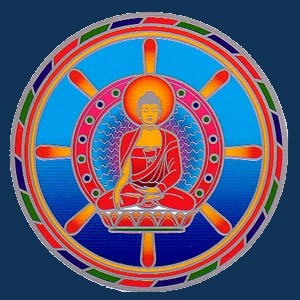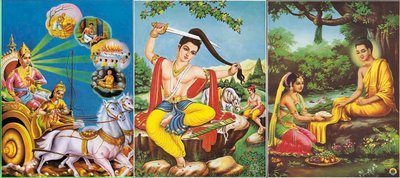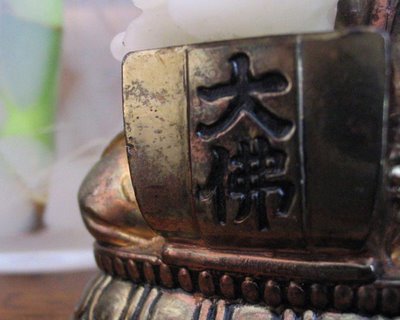
Last month, the venerable John Updike wrote
a terrific piece in The New Yorker about works of art created late in the lives of artists. His piece begins with a review of the late Edward W. Said’s “
Last Works/Late Style." In his book, Said discussed the output of creative talents during their final years of life, including Beethoven, Mozart, Jean Genet, Glenn Gould, Arnold Schoenberg and Richard Strauss. While "late works crown a lifetime of aesthetic endeavor," Said concludes there also is in artistic lateness not harmony and resolution, but “intransigence, difficulty, and unresolved contradiction."
From this, Updike turns his attention from late musical careers to late literary careers, noting, “at least for this aging reader, works written late in a writer’s life retain a fascination. They exist, as do last words, where life edges into death, and perhaps have something uncanny to tell us.” He goes on to discuss the late works of Shakespeare, Hawthorne, Melville, Joyce, Shaw, Greene and Murdoch in insightful detail, noting the same themes of disharmony and irresolution.
What does this tell us about life? Why do these artists, as they approach the end of their lives, struggle with seeming contradictions? What does it say that these great minds find in their late years unresolved dualities?
Other examples of this tendency exist throughout the arts. Although he died a young man, the brilliant saxophonist John Coltrane provides an interesting example. Throughout the 1950s and early 60s, he played in a lovely and harmonious style and quickly became the preeminent jazz voice of his time. Sometime in the early 60s, his style became more searching and restless, and in his explorations he defined forms of self-expression new not just to jazz, but also to other musical idioms; arguably to the whole of the arts as well.
By the mid to late 60s, Coltrane had abandoned lyricism and harmony altogether, focusing his attention more and more on a powerful form of direct self expression that embraced both dissonance and disharmony for the sake of freedom. In 1965’s “Ascension,” most musical rules are thrown out the window for complete freedom, resulting in strikingly abrasive sheets of horn interplay amid moments of striking beauty.
This was also a period in Coltrane’s life of intense and passionate spiritual interest, particularly in Eastern religions. By February 1966, Coltrane and other group members were chanting "Aum-mani-padme-hum" (a Sanskrit mantra meaning “the jewel in the lotus”) to open and close a West Coast recording session. “The Olatunji Concert: The Last Live Recording” documents a live performance on April 23, 1967, one of the last times Coltrane was to appear on stage. The sonic blast of his free jazz was becoming still more aggressive and out of bounds; it is hard to imagine how much further he could have gone from there, where the music would have gone, could have gone, next. Sadly however, we’ll never know, as Coltrane died at the age of 40 in the early morning of July 17, 1967 at Huntington Hospital on Long Island.
So late in his career, Coltrane’s music was marked by dissonance and disharmony, and by a search for a fusion between Eastern spirituality and a musical idiom rooted in the West. At the time of his death, his insistence on following his muse down this difficult path lost him many of his fans, and critics were labeling his music as “anti-jazz.” In these aspects, Coltrane’s late career can be considered marked by Said’s “intransigence, difficulty, and unresolved contradiction."
The career of director Luis Bunuel appears at first glance to go in the opposite direction – from abrasive and confrontational to sophisticated and sublime. His first film, 1929’s notorious “Un Chien Andalou (An Andalusian Dog),” contains the famous scene of a woman’s eye being graphically slit open with a razor. It's hard to get much more confrontational than that. The following year, sponsored by wealthy art patrons, he made his first feature, the scabrous, witty and violent “L’Age d'Or” (1930), which mercilessly attacked the church and the middle classes, themes that would preoccupy Bunuel for the rest of his career. After the Spanish Civil War, he moved to Mexico and directed the lacerating study of Mexican street urchins, “Los Olvidados” (1950), which won him Best Director at Cannes. But despite this acclaim, Bunuel spent much of the next decade working on a variety of ultra-low-budget, almost unwatchably violent and difficult films. In 1961, General Franco, anxious to be seen to be supporting Spanish culture, invited Bunuel back to his native country, and Bunuel responded by biting the hand that fed him with ”Viridiana” (1961), which was banned in Spain on the grounds of blasphemy, though it won the Palme d'Or.
This inaugurated Bunuel's late period when he made several extraordinary masterpieces, starting with “Diary of a Chambermaid” (1964). Although far glossier, more expensive, and featuring major stars, these later films cannot be viewed as slick commercial offerings from a former dissident – Bunuel most decidedly had not “gone Hollywood.” The films of this period showed that even in old age, Bunuel had lost none of his youthful vigor. In abandoning the low-budget productions of his past and embracing the attractive settings and actors of the European cinema, Bunuel was at the same time subversively disguising his surrealist manifesto as slick entertainments. The latter films, including “The Discreet Charm of the Bourgeoisie (1972)” and “The Phantom of Liberty” (1974), are actually absurdist pranks posing as sophistication. In scene after scene, Bunuel keeps pulling the rug out from under the viewer’s expectations. “The Phantom of Liberty” includes an impeccably dressed, upper-class dinner party with the diners around an elegant table, but all sitting on toilets (they do get up occasionally to discreetly enter a small separate room to eat). “That Obscure Object of Desire (1977)” opens with the dapper Fernando Rey pouring a bucket of water over a beautiful woman in a train station. After saying that every one of his films from “Belle de Jour” (1967) onwards would be his last, he finally kept his promise with “That Obscure Object of Desire,” and died six years later (July 29, 1983).
In these films, Bunuel embraces the disharmony of the production - the beautiful settings, the glamorous actors, and the slick photography – with the surreal and absurd story lines. While the visual aspects of the films show a master director in the prime of his craft, they are subverted with gags at times so puerile they seem to have been conceived by an adolescent. In this late career embracement of such polarities, Bunuel can be seen as consistent with other artists at the end of their lives.
Interestingly, these themes are absent in the late works (quite literally) of Eastern artists. As the title implies, Yoel Hoffman’s “
Japanese Death Poems – Written by Zen Monks and Haiku Poets on the Verge of Death,” compiles the literal last words of Zen monks and haiku poets. In Japan, there exists a centuries-old tradition of writing a poem at the very moment the poet is breathing his last. These poems give a remarkable insight not only on Zen Buddhist ideas about death, but also on life as well. For example, a 90-year-old haiku poet wrote, upon his expiration in 1868:
My old body:
A drop of dew grown
Heavy at the leaf tip.
In 1736, another wrote at the age of 71:
Seventy-one!
How did
A dewdrop last?
And from 1897:
I cast the brush aside –
From here on I’ll speak to the moon
Face to face.
These poems differ dramatically from the “intransigence, difficulty, and unresolved contradiction," inherent in the late works of western artists. The Zen monks and haiku poets had spent a lifetime contemplating the dualities of existence and attempting to reconcile the perceived gap between difference and unity. In 1308, a Zen monk wrote:
You must play
The tune of non-being yourself –
Nine summits collapse
Eight oceans go dry.
In the ancient Indian cosmology, nine mythical summits separated eight mythical oceans. Like all physical phenomena, these dharmas are merely manifestations of mind and disappear at death along with he or she who manifested them, just as dream worlds disappear upon awakening. But playing the “tune of non-being” does not refer to death, but rather to a state of enlightened awareness that transcends such dualities as life and death, self and other, being and non-being. The questions that remain when such dualities are dropped were expressed by the monk Zoso Royo in his 1276 death poem:
I pondered the Buddha’s teaching
A full four and eighty years.
The gates are all now locked about me.
No one was ever here –
Who then is he about to die,
And why lament for nothing?
Farewell!
The night is clear,
The moon shines calmly,
The wind in the pines
Is like a lyre’s song.
With no I and no other
Who hears the sound?
 Driving around town the other day, I almost hit a squirrel.
Driving around town the other day, I almost hit a squirrel.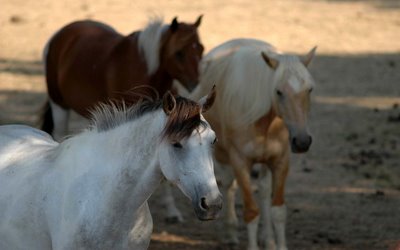












 This morning
This morning